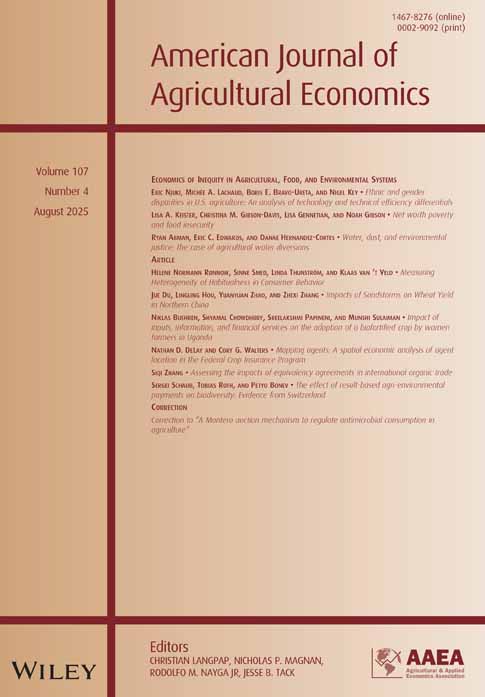Timber Price Dynamics Following a Natural Catastrophe
Abstract
Catastrophic shocks to existing stocks of a renewable resource can cause long-run price shifts. With timber, these long-run price shifts may be accompanied by a short-run price drop due to salvage. Hurricane Hugo damaged 20% of southern pine timber in the South Carolina Coastal Plain in 1989. To estimate the short- and long-run effects of the hurricane on the prices of timber stocks, we estimated an intervention model of the residuals of cointegration of South Carolina sawtimber and pulpwood stumpage prices with prices of similar products from other regions. Modeling revealed a 30% negative price spike due to salvage and a long-run enhancement effect, leading to prices that are 10% to 30% higher than they would have been had Hugo not occurred.




